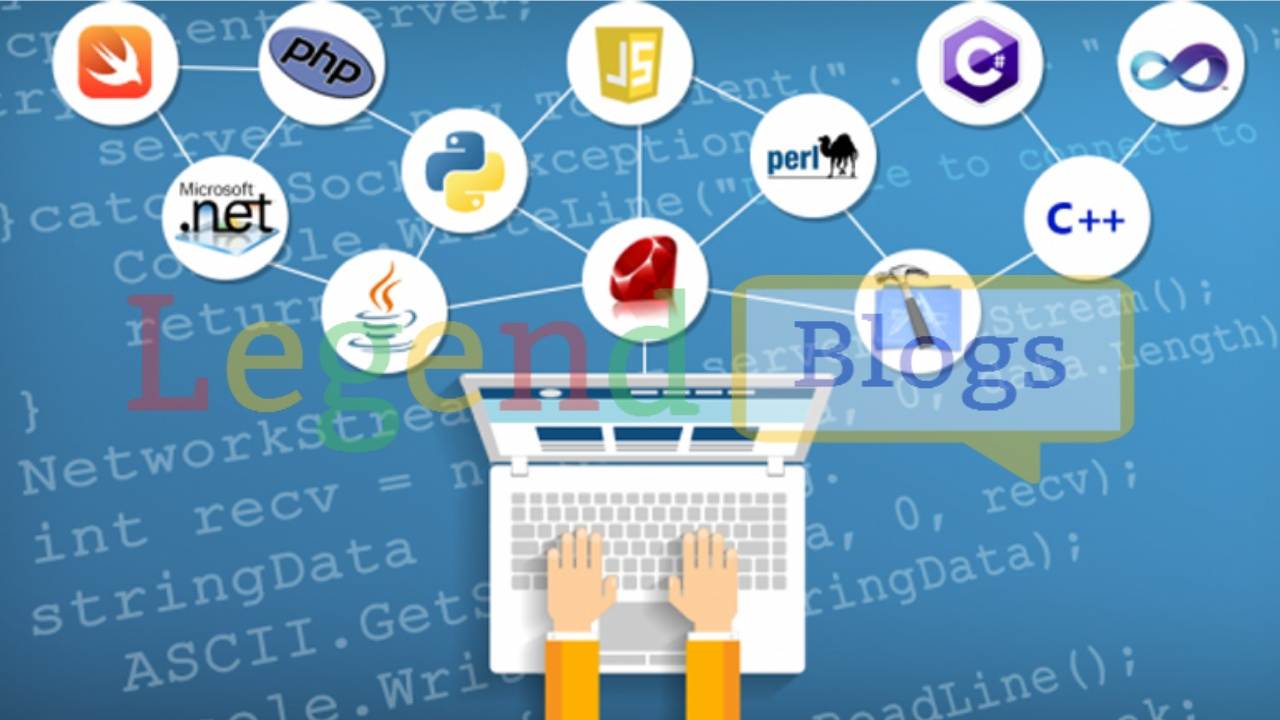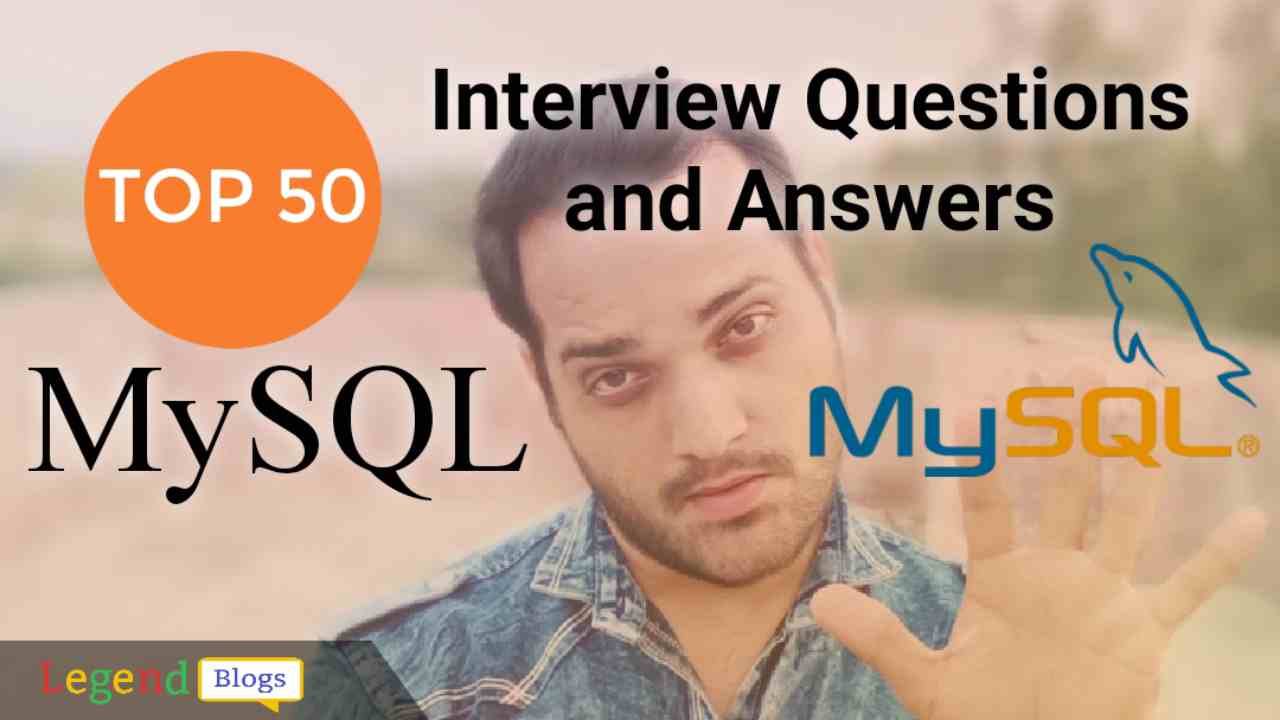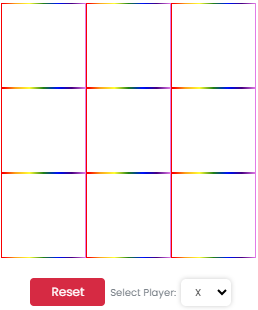The following are frequently asked Laravel and PHP related interview questions for freshers as well as experienced candidates to get the right job. A list of top frequently asked Laravel Interview Questions and answers are given below.
Laravel is a PHP web framework launched by Taylor Otwell. It is a free and open-source framework that is designed to develop web applications with MVC (Model-View-Controller).
Stay tuned for the latest advancements and best Laravel Interview Questions. It is based on Symfony and its source is GitHub licensed under MIT license terms. Released in the year 2011, it is featured as a modular packaging system.
Laravel in few lines
- Source code hosted on GitHub and licensed under MIT License.
- Most Starred PHP Framework for custom software development on Github.
- Its ability to use all of the new features of PHP sets it apart.
- Web applications with MVC (Model-View-Controller).
- Friendly online community
- Detailed documentation
Laravel Interview Questions and Answers
1. What is Laravel?
Laravel is free to use, open-source web framework based on PHP. It is developed by Taylor Otwell . It supports the MVC (Model-View-Controller) architectural pattern.
2. What are some benefits of Laravel over other Php frameworks?
- The setup and customization process is easy and fast as compared to others.
- Inbuilt Authentication System
- Supports multiple file systems
- Pre-loaded packages like Laravel Socialite, Laravel cashier, Laravel elixir, Passport, Laravel Scout
- Eloquent ORM (Object Relation Mapping) with PHP active record implementation
- Built-in command line tool “Artisan” for creating a code skeleton, database structure and build their migration
3. What are the main features of Laravel?
Some of the main features of Laravel are:
- Eloquent ORM
- Migrations
- Query builder
- Reverse Routing
- Restful Controllers
- Database Seeding
- Unit Testing
- Homestead
4. What is HTTP middleware?
HTTP middleware is a technique for filtering HTTP requests. Laravel includes a middleware that checks whether application user is authenticated or not.
5. Explain Migrations in Laravel
Laravel Migrations are like version control for the database, allowing a team to easily modify and share the application’s database schema. Migrations are typically paired with Laravel’s schema builder to easily build the application’s database schema.
6. What do you understand by Eloquent ORM?
Eloquent ORM (Object-Relational Mapping) is one of the main features of the Laravel framework. It may be defined as an advanced PHP implementation of the active record pattern.
7. What is PHP artisan? List out some artisan commands ?
PHP artisan is the command line interface/tool included with Laravel. It provides a number of helpful commands that can help you while you build your application easily. Here is the list of some artisan command:-
- PHP artisan list
- PHP artisan help
- PHP artisan tinker
- PHP artisan make
- PHP artisan –version
- PHP artisan make model model_name
- PHP artisan make controller controller_name
8. What is a Route?
A route is basically an endpoint specified by a URI (Uniform Resource Identifier). It acts as a pointer in Laravel application. Most commonly, a route simply points to a method on a controller and also dictates which HTTP methods are able to hit that URI.
9. Why use Route?
Routes are stored inside files under the /routes folder inside the project's root directory. By default, there are a few different files corresponding to the different "sides" of the application ("sides" that comes from the hexagonal architecture methodology).
10. What are Facades?
Facades provide a “static” interface to classes that are available in the application’s service container.
11. Where Laravel’s facades are defined?
All of Laravel’s facades are defined in the Illuminate\Support\Facades namespace.
12. What do you mean by bundles?
In Laravel, bundles are referred to as packages. These packages are used to increase the functionality of Laravel. A package can have views, configuration, migrations, routes, and tasks.
13. Does Laravel support caching?
Yes, Laravel provides support for popular caching backends like Memcached and Redis. By default, Laravel is configured to use file cache driver, which is used to store the serialized or cached objects in the file system. For huge projects, it is suggested to use Memcached or Redis.
14. How will you explain middleware in Laravel?
As the name suggests, middleware works as a middleman between request and response. Middleware is a form of HTTP request filtering mechanism. For example, Laravel consists of middleware which verifies whether the user of the application is authenticated or not.
If a user is authenticated and trying to access the dashboard then, the middleware will redirect that user to the home page; otherwise, a user will be redirected to the login page.
There are two types of middleware available in Laravel:
Global Middleware
It will run on every HTTP request of the application.
Route Middleware
It will be assigned to a specific route.
15. What is reverse routing in Laravel?
In Laravel reverse routing is generating URLs based on route declarations. Reverse routing makes your application so much more flexible. For example, the below route declaration tells Laravel to execute the action “login” in the user's controller when the request’s URI is ‘login’.
http://example.com/login
Route::get(‘login’, ‘users@login’);Using reverse routing we can create a link to it and pass in any parameters that we have defined. Optional parameters, if not supplied, are removed from the generated link.
{{ HTML::link_to_action('users@login') }}It will create a link like http:// example .com/login in view.
16. What do you understand by Unit testing?
Unit testing is built-in testing provided as an integral part of Laravel. It consists of unit tests which detect and prevent regressions in the framework. Unit tests can be run through the available artisan command-line utility.
17. What is a Controller?
A controller is the "C" in the "MVC" (Model-View-Controller) architecture, which is what Laravel is based on.
18. How will you register service providers?
You can register service providers in the config/app.php configuration file that contains an array where you can mention the service provider class name.
19. What is CSRF Protection?
Laravel makes it easy to protect your application from cross-site request forgery (CSRF) attacks. Cross-site request forgeries are a type of malicious exploit whereby unauthorized commands are performed on behalf of an authenticated user.
20. What is View Routes?
If your route only needs to return a view, you may use the Route:: view method. The view method accepts a URI as its first argument and a view name as its second argument. In addition, you may provide an array of data to pass to the view as an optional third argument.
Route::view(‘/welcome’, ‘welcome’);
Route::view(‘/welcome’, ‘welcome’, [‘name’ => ‘Taylor’]);




Write a comment